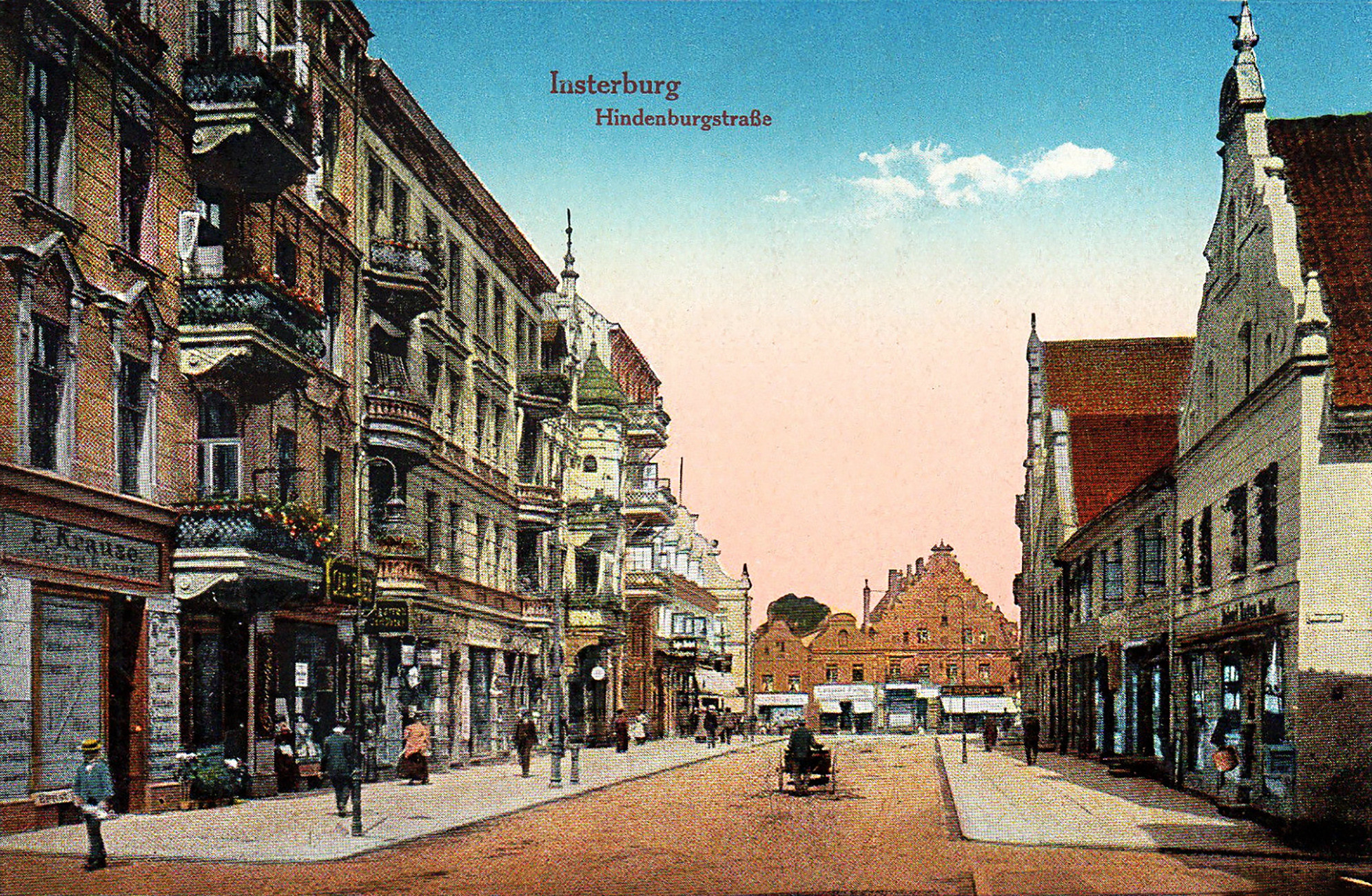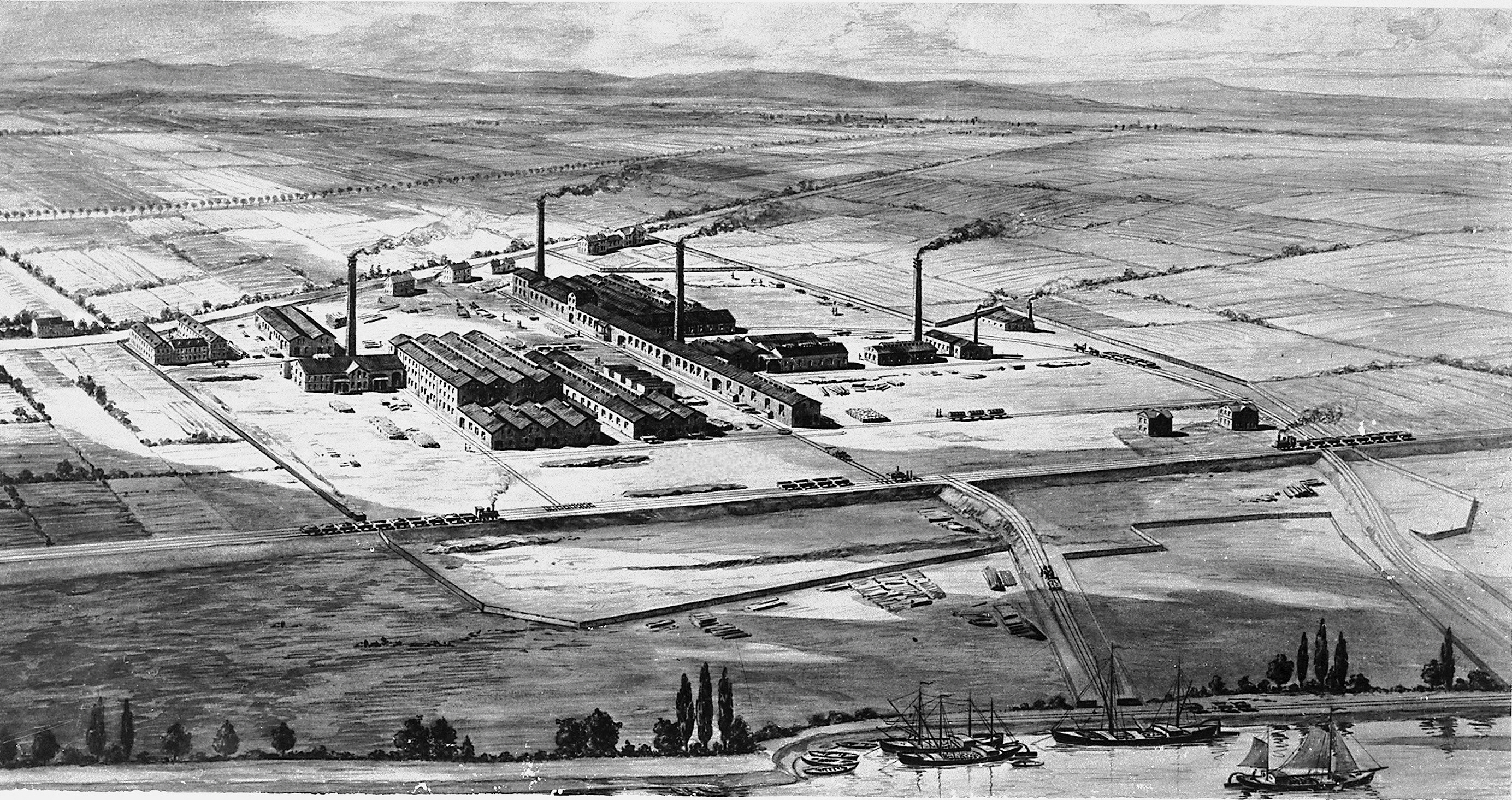|
Hans-Jürgen Quadbeck-Seeger
Hans-Jürgen Quadbeck-Seeger (born 29 May 1939 in Insterburg, East Prussia) is a German chemist, inventor, and author. He was Research Director at BASF (from 1990 to 1997), and President of the German Chemical Society. Career Hans-Jürgen Quadbeck-Seeger studied chemistry, physics and anthropology in Munich. In 1967 he received a PhD for his thesis in the field of organic chemistry. In the same year he started working at BASF in the synthesis of precursors for dyes department. In 1969 he became head of the research group in the dye and pharmaceutical sector. In addition to his research activities, he coordinated the company's connection to scientific institutions. Later, Quadbeck-Seeger became the director of the Central Division Main Laboratory. In 1985, the University of Heidelberg appointed him honorary professor of industrial chemistry. From 1989 to 1997, he served as Research Director at BASF. Between 1991 and 1994 he was a member of the Senate, and between 1994 and 1995 he se ... [...More Info...] [...Related Items...] OR: [Wikipedia] [Google] [Baidu] |
Insterburg
Chernyakhovsk (; German language, German: Insterburg) is a types of inhabited localities in Russia, town in Kaliningrad Oblast, Russia, and the administrative center of Chernyakhovsky District. Located at the confluence of the Instruch and Angrapa rivers, which unite to become the Pregolya river below Chernyakhovsk, the town had a population in 2017 of 36,423. History Medieval period Insterburg was founded in 1337 by the Teutonic Knights on the site of a former Old Prussians, Old Prussian fortification when Dietrich von Altenburg, the Grand Masters of the Teutonic Knights, Grand Master of the Teutonic Knights, built a castle called ''Insterburg'' following the Prussian Crusade. During the Teutonic Knights' Northern Crusades campaign against the Grand Duchy of Lithuania, the town was devastated in 1376. The castle had been rebuilt as the seat of a Procurator (Teutonic Knights), Procurator and a settlement also named ''Insterburg'' grew up to serve it. In 1454, Polish King Casimir ... [...More Info...] [...Related Items...] OR: [Wikipedia] [Google] [Baidu] |
BASF
BASF SE (), an initialism of its original name , is a European Multinational corporation, multinational company and the List of largest chemical producers, largest chemical producer in the world. Its headquarters are located in Ludwigshafen, Germany. BASF comprises subsidiary, subsidiaries and joint ventures in more than 80 countries, operating six integrated production sites and 390 other production sites across Europe, Asia, Australia, the Americas and Africa. BASF has customers in over 190 countries and supplies products to a wide variety of industries. Despite its size and global presence, BASF has received relatively little public attention since it abandoned the manufacture and sale of BASF-branded consumer electronics products in the 1990s. The company began as a dye manufacturer in 1865. Fritz Haber worked with Carl Bosch, one of its employees, to invent the Haber-Bosch, Haber-Bosch process by 1912, after which the company grew rapidly. In 1925, the company merged with ... [...More Info...] [...Related Items...] OR: [Wikipedia] [Google] [Baidu] |
German Chemical Society
The German Chemical Society () is a learned society and professional association founded in 1949 to represent the interests of German chemists in local, national and international contexts. GDCh "brings together people working in chemistry and the molecular sciences and supports their striving for positive, sustainable scientific advance – for the good of humankind and the environment, and a future worth living for."Gesellschaft Deutscher Chemiker (GDCh)About us, Mission Statement and History History The earliest precursor of today's GDCh was the German Chemical Society (', DChG). Adolf von Baeyer was prominent among the German chemists who established DChG in 1867; and August Wilhelm von Hofmann was the first president. This society was modeled after the British Chemical Society, which was the precursor of the Royal Society of Chemistry. Like its British counterpart, DChG sought to foster the communication of new ideas and facts throughout Germany and across international bo ... [...More Info...] [...Related Items...] OR: [Wikipedia] [Google] [Baidu] |
Munich
Munich is the capital and most populous city of Bavaria, Germany. As of 30 November 2024, its population was 1,604,384, making it the third-largest city in Germany after Berlin and Hamburg. Munich is the largest city in Germany that is not a state of its own. It ranks as the 11th-largest city in the European Union. The metropolitan area has around 3 million inhabitants, and the broader Munich Metropolitan Region is home to about 6.2 million people. It is the List of EU metropolitan regions by GDP#2021 ranking of top four German metropolitan regions, third largest metropolitan region by GDP in the European Union. Munich is located on the river Isar north of the Alps. It is the seat of the Upper Bavaria, Upper Bavarian administrative region. With 4,500 people per km2, Munich is Germany's most densely populated municipality. It is also the second-largest city in the Bavarian language, Bavarian dialect area after Vienna. The first record of Munich dates to 1158. The city ha ... [...More Info...] [...Related Items...] OR: [Wikipedia] [Google] [Baidu] |
Deutsches Patent- Und Markenamt
The German Patent and Trade Mark Office (; abbreviation: DPMA) is the German national patent office, with headquarters in Munich, and offices in Berlin and Jena. In 2006 it employed 2556 people, of which about 700 were patent examiners. Function and status The DPMA is the central authority in the field of intellectual property protection in Germany. Its responsibilities include the granting of patents for the registration of industrial designs, trademarks and designs, as well as for informing the public about existing industrial property rights. Recognised partner of the DPMA is the '' Patentinformationszentrum'' (Patent Information Centre), united in the '' Deutscher Patentinformationszentren e.V'' (German Patent Information Centres Association). The legal basis of the German Patent and Trademark Office is § 26 of the '' Patentgesetz'' (German Patents Act). History The first unified ''Patentgesetz'' (German Patent Act) was adopted on 25 May 1877, which mandated the est ... [...More Info...] [...Related Items...] OR: [Wikipedia] [Google] [Baidu] |
Officers Crosses Of The Order Of Merit Of The Federal Republic Of Germany
An officer is a person who has a position of authority in a hierarchical organization. The term derives from Old French ''oficier'' "officer, official" (early 14c., Modern French ''officier''), from Medieval Latin ''officiarius'' "an officer," from Latin ''officium'' "a service, a duty" the late Latin from ''officiarius'', meaning "official." Examples Ceremonial and other contexts *Officer, and/or Grand Officer, are both a grade, class, or rank of within certain chivalric orders and orders of merit, e.g. Legion of Honour (France), Order of the Holy Sepulchre (Holy See), Order of the British Empire ( UK), Order of Leopold (Belgium) *Great Officer of State * Merchant marine officer or licensed mariner *Officer of arms *Officer in The Salvation Army, and other state decorations Corporations *Bank officer *Corporate officer, a corporate title **Chief executive officer (CEO) **Chief financial officer (CFO) **Chief operating officer (COO) *Executive officer Education *Chief academic ... [...More Info...] [...Related Items...] OR: [Wikipedia] [Google] [Baidu] |
People From Chernyakhovsk
The term "the people" refers to the public or common mass of people of a polity. As such it is a concept of human rights law, international law as well as constitutional law, particularly used for claims of popular sovereignty. In contrast, a people is any plurality of persons considered as a whole. Used in politics and law, the term "a people" refers to the collective or community of an ethnic group or nation. Concepts Legal Chapter One, Article One of the Charter of the United Nations states that "peoples" have the right to self-determination. Though the mere status as peoples and the right to self-determination, as for example in the case of Indigenous peoples (''peoples'', as in all groups of indigenous people, not merely all indigenous persons as in ''indigenous people''), does not automatically provide for independent sovereignty and therefore secession. Indeed, judge Ivor Jennings identified the inherent problems in the right of "peoples" to self-determination, as i ... [...More Info...] [...Related Items...] OR: [Wikipedia] [Google] [Baidu] |
21st-century German Chemists
File:1st century collage.png, From top left, clockwise: Jesus is crucified by Roman authorities in Judaea (17th century painting). Four different men (Galba, Otho, Vitellius, and Vespasian) claim the title of Emperor within the span of a year; The Great Fire of Rome (18th-century painting) sees the destruction of two-thirds of the city, precipitating the empire's first persecution against Christians, who are blamed for the disaster; The Roman Colosseum is built and holds its inaugural games; Roman forces besiege Jerusalem during the First Jewish–Roman War (19th-century painting); The Trưng sisters lead a rebellion against the Chinese Han dynasty (anachronistic depiction); Boudica, queen of the British Iceni leads a rebellion against Rome (19th-century statue); Knife-shaped coin of the Xin dynasty., 335px rect 30 30 737 1077 Crucifixion of Jesus rect 767 30 1815 1077 Year of the Four Emperors rect 1846 30 3223 1077 Great Fire of Rome rect 30 1108 1106 2155 Boudican revolt ... [...More Info...] [...Related Items...] OR: [Wikipedia] [Google] [Baidu] |


